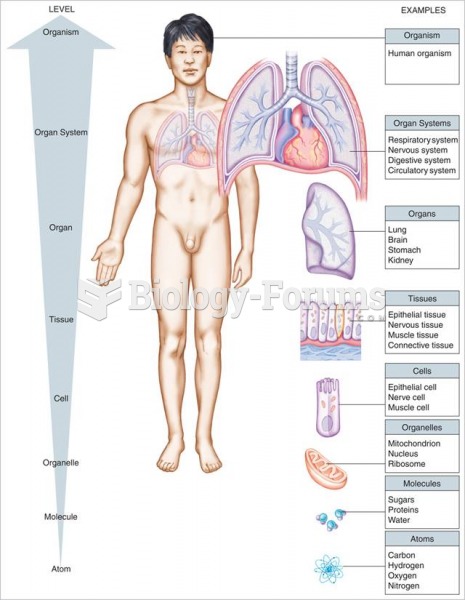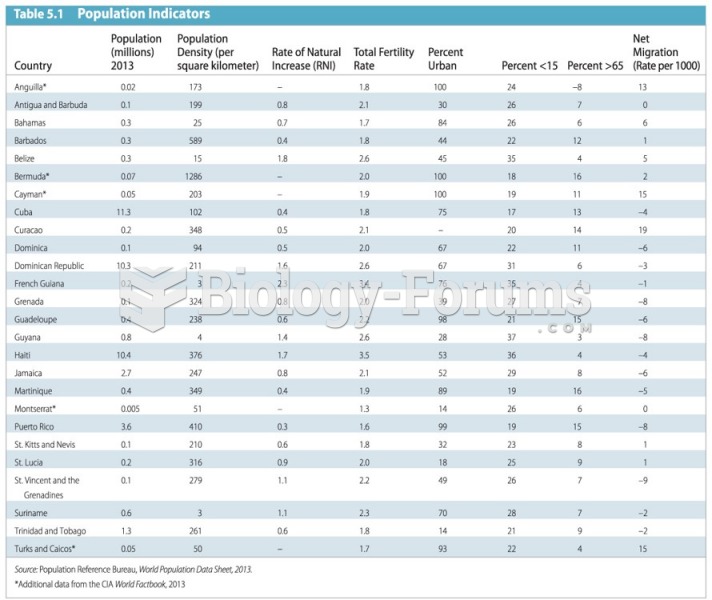Answer to Question 1
1
Explanation: 1. Healthcare organizations would maintain a current demographic, cultural, and epidemiological profile of the community to accurately plan for services that respond to the cultural and linguistic characteristics of the service area.
2. Healthcare organizations would maintain a current demographic, cultural, and epidemiological profile of the community to accurately plan for services that respond to the cultural and linguistic characteristics of the service area. Health records should include patients' race, ethnicity, and language for integration into the organization's management information system.
3. Healthcare organizations would maintain a current demographic, cultural, and epidemiological profile of the community to accurately plan for services that respond to the cultural and linguistic characteristics of the service area. Partnerships facilitate community involvement.
4. Healthcare organizations would maintain a current demographic, cultural, and epidemiological profile of the community to accurately plan for services that respond to the cultural and linguistic characteristics of the service area. Public notices would be used to share information about progress and innovations when implementing culturally and linguistically appropriate services in healthcare.
Answer to Question 2
1, 2, 3
Explanation: 1. Ensuring that staff receives ongoing education and training in culturally and linguistically appropriate service delivery is a part of the fundamentals of culturally competent care.
2. Ensuring that staff receives ongoing education and training in culturally and linguistically appropriate service delivery is a part of the fundamentals of culturally competent care. Speaking of culturally competent care focuses on language services and printed materials.
3. Ensuring that staff receives ongoing education and training in culturally and linguistically appropriate service delivery is a part of the fundamentals of culturally competent care. Structuring culturally competent care focuses on organizational assessments, community profiles, and conflict and grievance resolution processes.
4. Managing the dynamics of difference is a recommendation by the Joint Commission for cultural competency.







